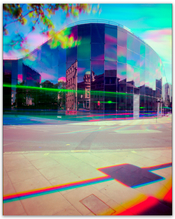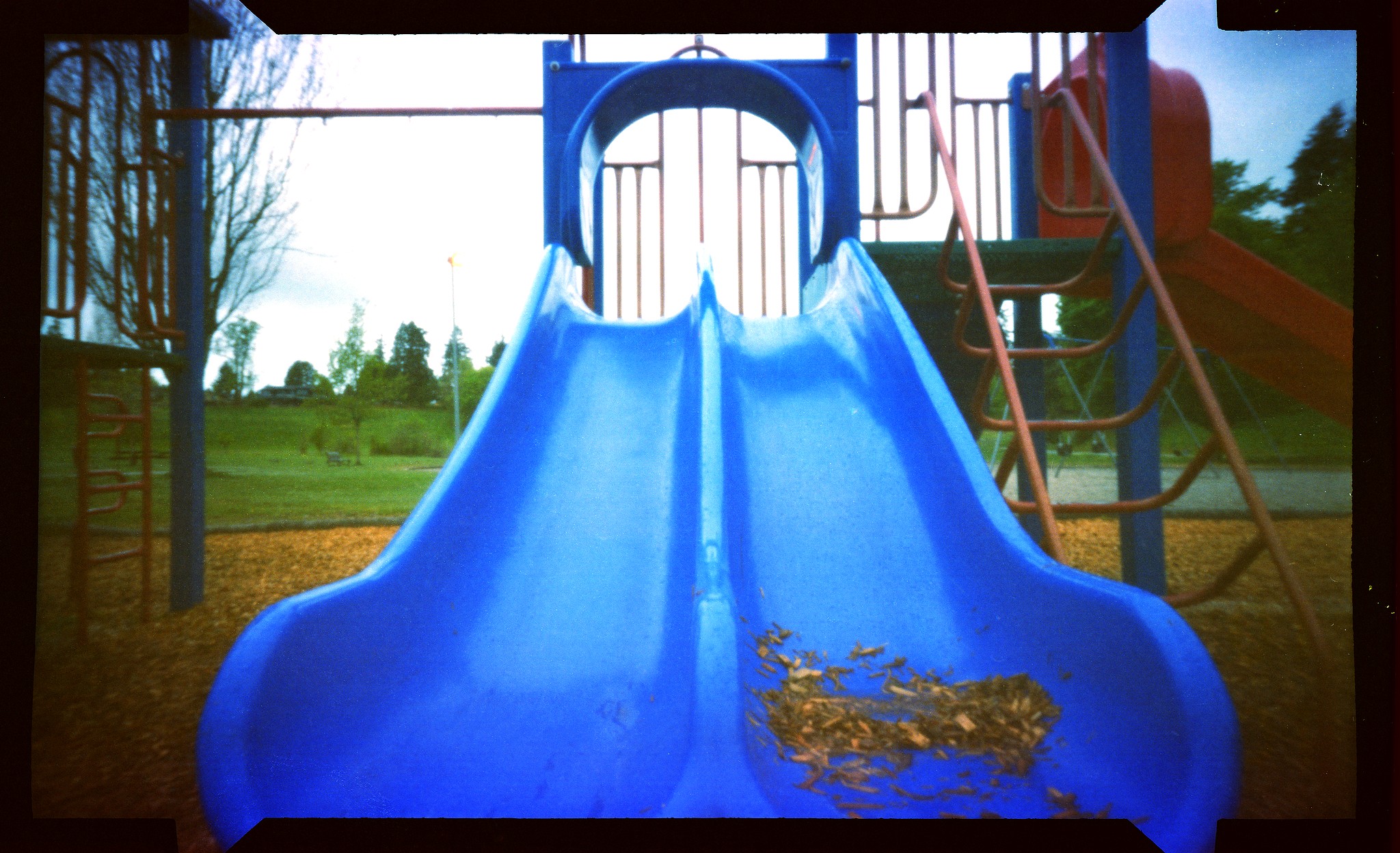The purpose of pinhole photography — in and of itself an arcane, unconventional form of capturing the world around us, is to unleash one's dormant creativity — anything goes, and there is no need to adhere to textbook methodology for using or exposing film, filters or exposure, other than grasping the basics so that one doesn't come back with a blank negative! Scarce are the rules that one (even me!) apply to pinhole photography, whether I'm using colour or B&W — I enjoy the wild, wacky and wasted as a change from the clinical precision of film and some digital photography I am involved in.
Something else that irks me is that there are people who are striving to make pinhole photographs as sharp and as clearly defined as possible, dammit — think LF pinhole cameras especially; since when did pinhole photographs have to be razor sharp to the point where they no longer exhibit the characteristics so well recognised of a pinhole camera? This is a travesty that goes beyond any suggestion, good or bad, as to what filters should be used.
The pic you posted, a trichrome, is stirling proof that creativity brings rewards. I love it!
















